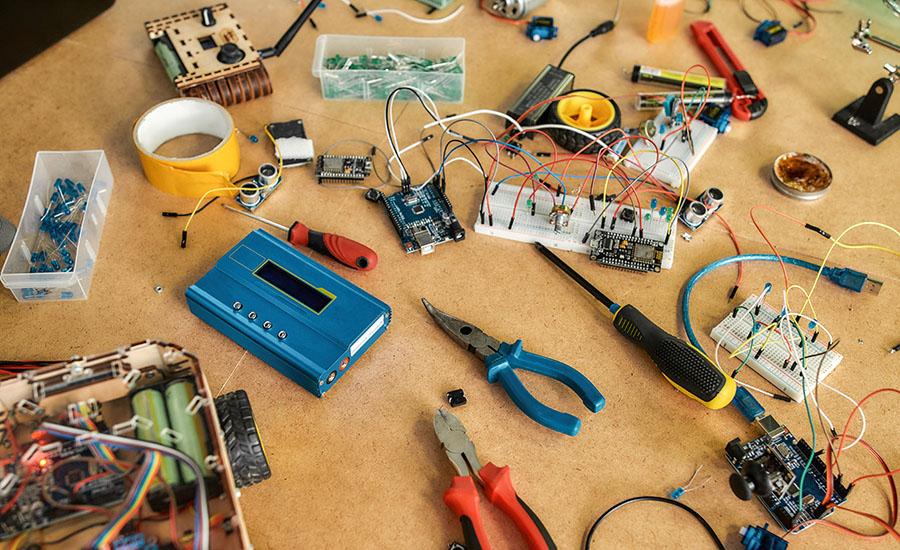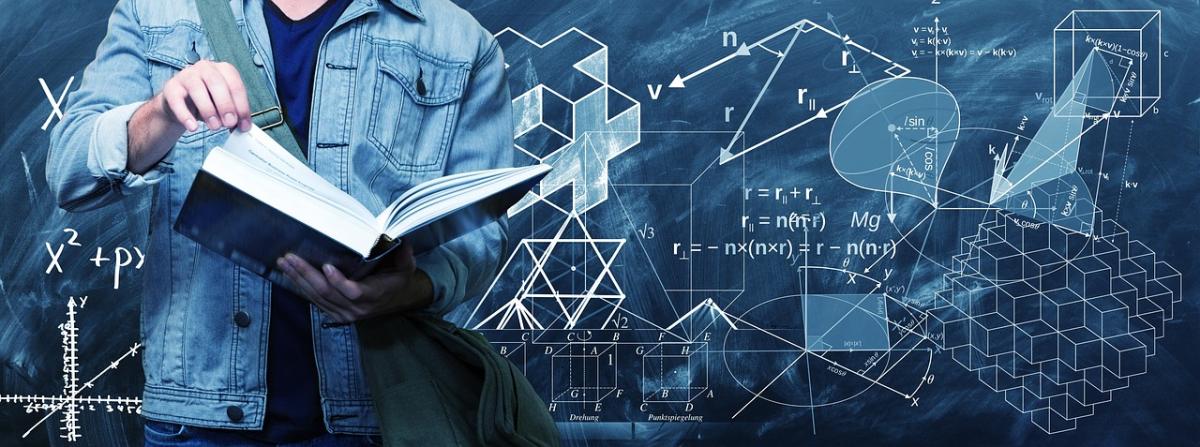
Modeling Eclipses
In this lesson, students will observe the geometry of lunar and solar eclipses by creating a physical, proportional model of the Earth and Moon system and observing shadows.
Lesson Plan Link/URL
https://docs.google.com/presentation/d/1rI-2yU-cG00H6oWvjJ8Nxxsd2CsduqnB/edit?u…Subject Area
Science Earth and Space Science E2: Earth & the Universe Engineering S4: Apply Science to Engineering Mathematics Measurement and Data (MD) Geometry (G) Ratio and Proportion (RP)Related Content

Students will continue from their research and start an investigation to help with their solution. They will first learn about compost and what it does. They will then develop and investigation and

The students design and test a catapult using simple materials like popsicle sticks and rubber bands. They learn about the history of catapults and also about the physical science concepts related to

This lesson is based on the Fibonacci sequence. Overlapping concepts of pattern, repetition, structure, scale, proportions are considerations for constructing an artistic, math-based sculpture